Amid several surprises thrown at the hotel industry in 2022, Theresa Hajko, regional director of revenue management at SPIRE Hospitality, kept one guiding principal: Try to hold rates.
Hajko’s advice is that if competitors in a market are dropping rates and there’s a strong reason behind it, then it’s feasible to follow suit. However, she doesn’t want to be the one to drop rates first, leading to everyone else lowering rates as well.
In a Q&A with Hotel News Now, Hajko shared insights into other trends and strategies.
What have been some big surprises this past year?
[Pleasant surprises included] the continued strong weekend demand through fall and some of the rate growth we saw. Weekday occupancy was also quite strong October through mid-November.
Additionally new companies and their production replacing some non-returning 2019 producers.
An unpleasant surprise was the slow return of corporate negotiated and government — still not quite where I expected it to be by now.
How are your teams preparing for a recession?
I strongly believe in just holding onto realistic rates. What I tell the [hotel teams] is, if our competitors drop and we need to drop, then of course we will, but I don’t ever want to be the first one to drop unnecessarily and cause everyone else to lower their rates.
We are making sure that we are open on all channels. We’re also taking more [requests for proposals] or as many RFPs as we can, where it makes sense. But we’re doing them at rates that are a percent off of the [best available rate] so they flex when BAR flexes.
We’re ensuring that our discount strategy makes sense to the time of year, and we’re setting rates such as advance purchase or government. As an example, in some of the hotels, our BAR rate is lower than government per diem right now. We make sure that government per diem is in line with BAR.
We make advance purchase more aggressive [and] we play with the advance purchase window. A longer [booking] window will drive rate and a shorter window will drive occupancy.
We’re reviewing and revising our 2023 group guidelines, [local negotiated rate guidelines] and then anything that does not fall into those guidelines, we’re having discussions about. If we need to, we run a profitability analysis. We’re basically not letting anything go.
Group is always a focus and will continue to be, so we are layering in group as our base for 2023, which is going to hopefully allow us to drive rate.
What are some under-estimated challenges?
I think one of our biggest challenges, especially when you get to this time of the year or a slower time of the year, is when competitors lower rates unnecessarily thinking that’s going to drive occupancy.
[Also] more competition opening in markets that are already saturated. A lot of people sat on hotel opening plans over COVID or they didn’t have the financing and couldn’t build. Once the worst threat was over, everybody moved forward with their plans to open that business, so we’re up against that.
What opportunities are you hoping to act on?
Right now, our focus is ensuring we have a successful finish to RFP season and LNR season as well and making sure all of our rates are loaded for next year — the appropriate increases have been loaded.
Making sure that we’re on all shelves and priced right based on the time of year. Making sure all of that is set up right now while we have the time to do it.
Which distribution channels are you paying most attention to?
We’re really trying to drive more people toward our brands’ sites because that’s the most profitable site.
For example, making sure that they have a good competitive advance purchase rate out there and again adjusting the booking window settings, to just drive more people to that brand. OTA is always going to be a key player. The brands, though, are taking a really hard stand on us participating in any kind of OTA promos that make the OTA rate lower than what someone could get on the brand. We’re focusing on some of the things that the OTAs do allow. They do allow you to run travel ads, it’s OK for us to participate on the package path because your rate is opaque on the package path. Then, at least one of the major OTAs has changed their algorithm so that guest satisfaction now has much heavier weighting. We remain focused on guest service, guest surveys in that segment to help our positioning.
We put in place a welcome letter that they get when they make a reservation. [It] fills in some of the blanks about the hotel, it answers a lot of questions, it’s from the GM. It’s even prompted calls directly to the GM, which they think is great.
What conversations should be had about group business?
Don’t turn away any group without a conversation.
In some of my hotels, if it’s a day or week where we historically don’t fill and we know we’re not going to fill, we do a profitability analysis and [if] it makes sense, we still will take it. If it’s not going to displace anything higher rated, we go for it.
We know from two to three years ago what occupancy we ran, what occupancy the set ran. If nobody ran a high occupancy and there’s no event on the books for this year, we have a pretty good idea that it’s still not going to be busy next year. We’ll book it even a few months in advance.
I always say [to my team], those decisions are easy when you have all of the information you need. They’re only hard and there’s only indecision when we don’t have enough information, so I’ll go back and dig out [data] for the [past] three years.
As seen in Hotel News Now on December 29, 2022.

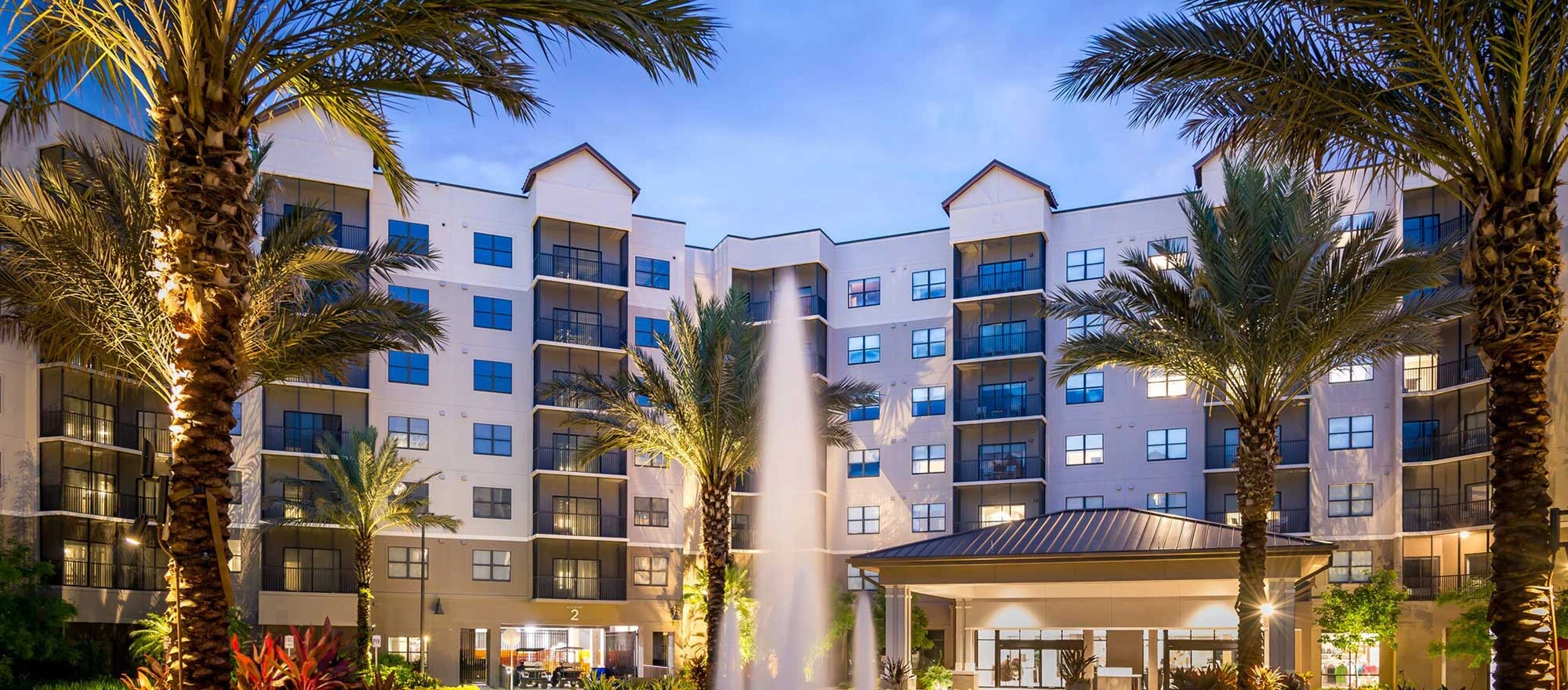
 Theresa Hajko
Theresa Hajko  Lindsay Greenshields
Lindsay Greenshields 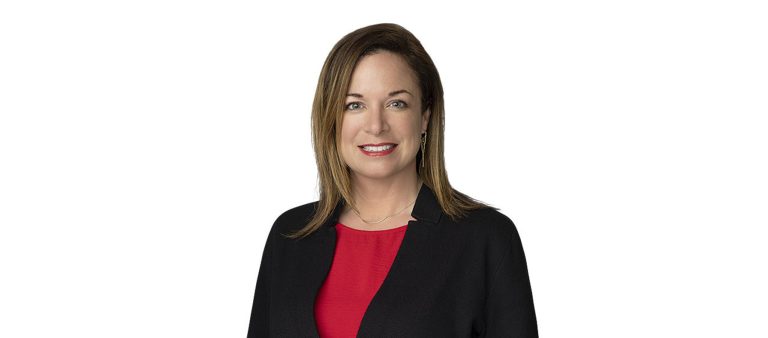
 SPIRE Hospitality
SPIRE Hospitality 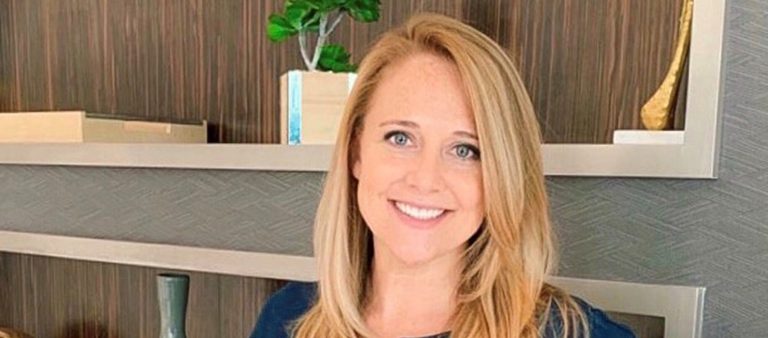

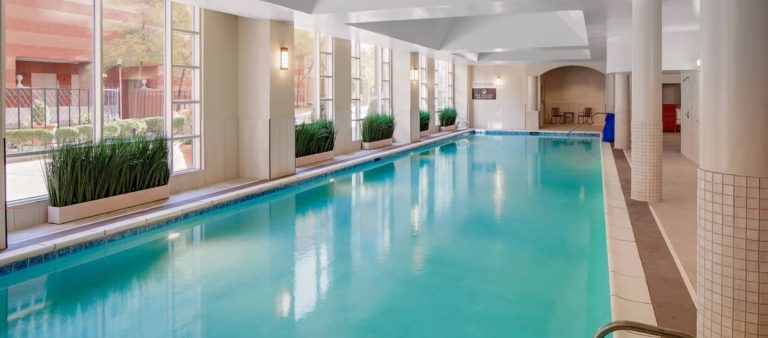
 Ginny Morrison
Ginny Morrison 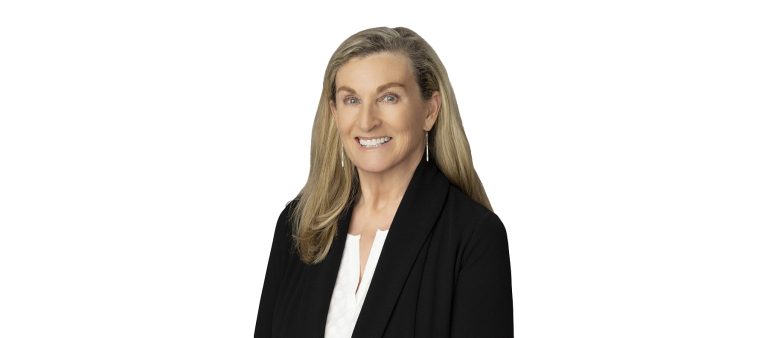
 Chris Russell
Chris Russell 